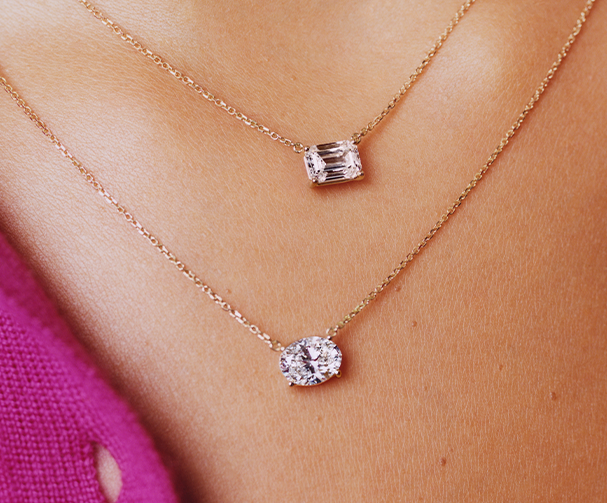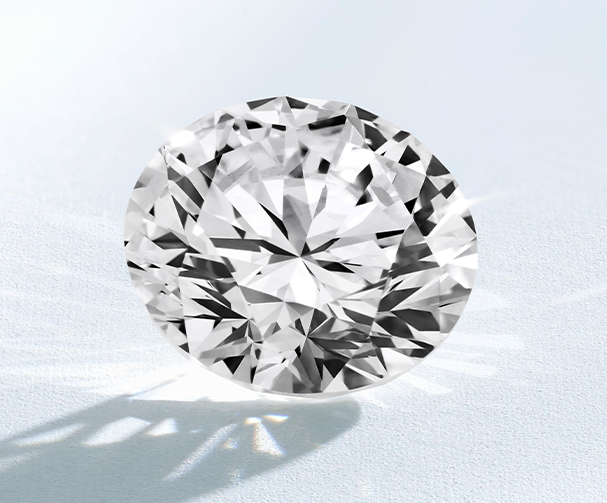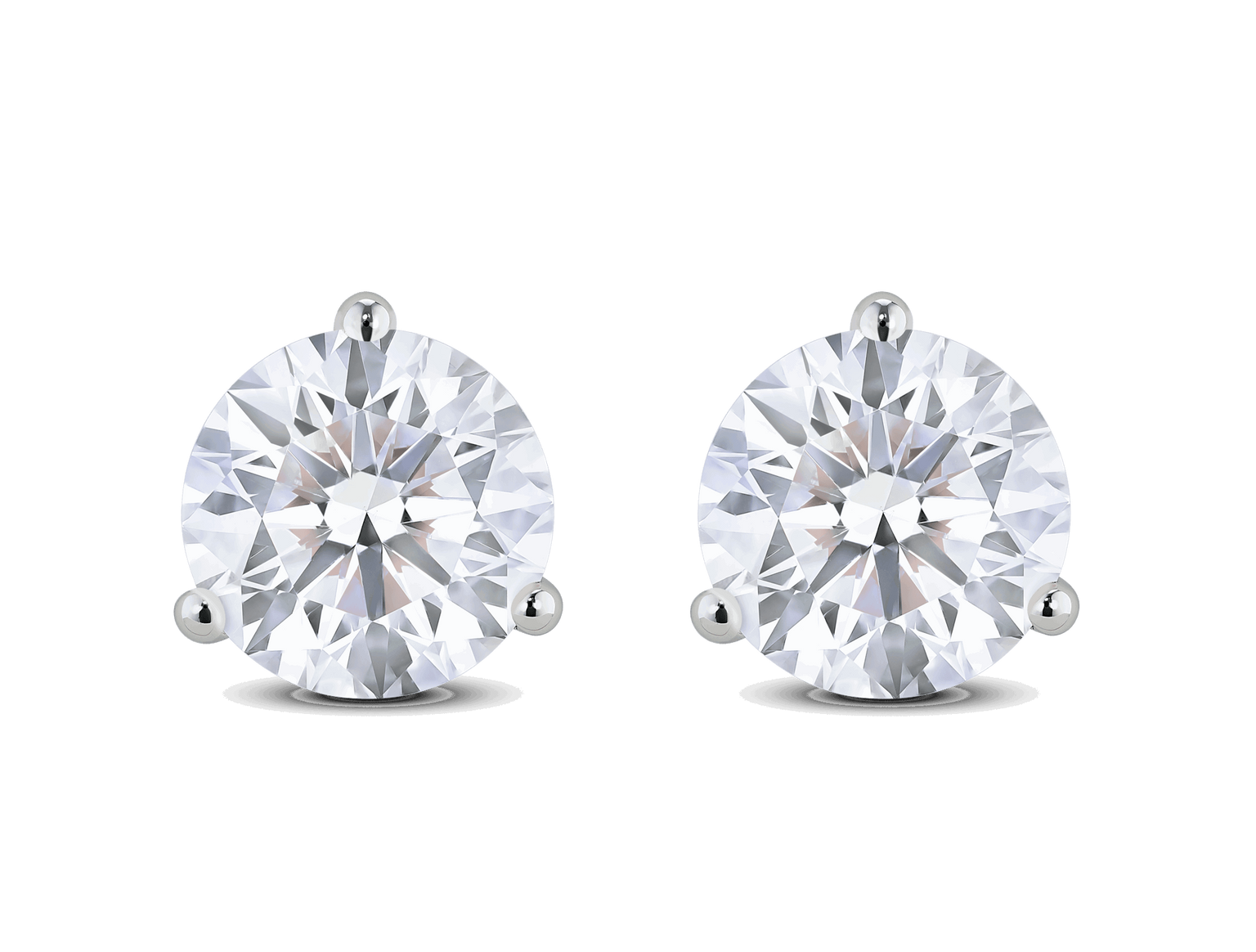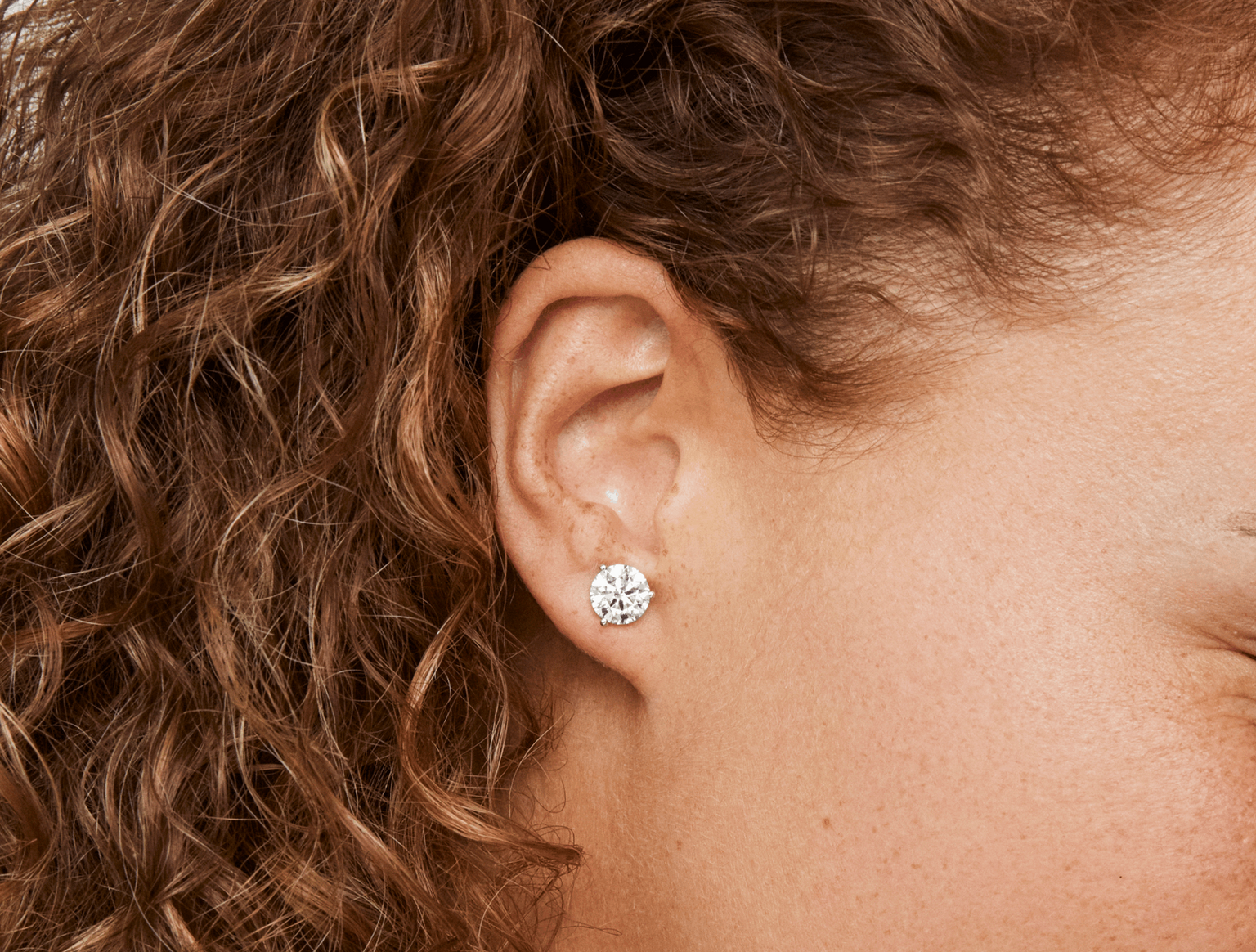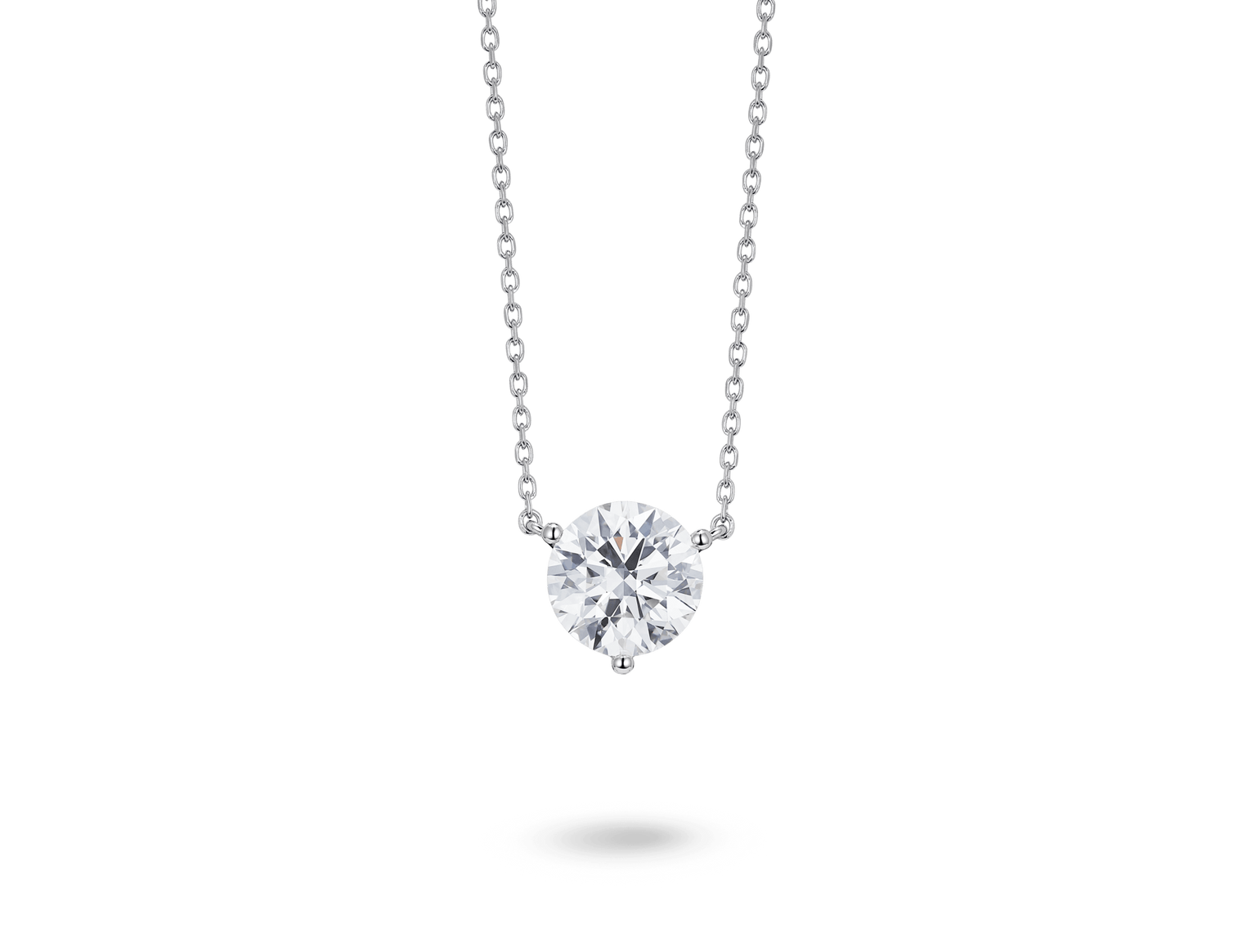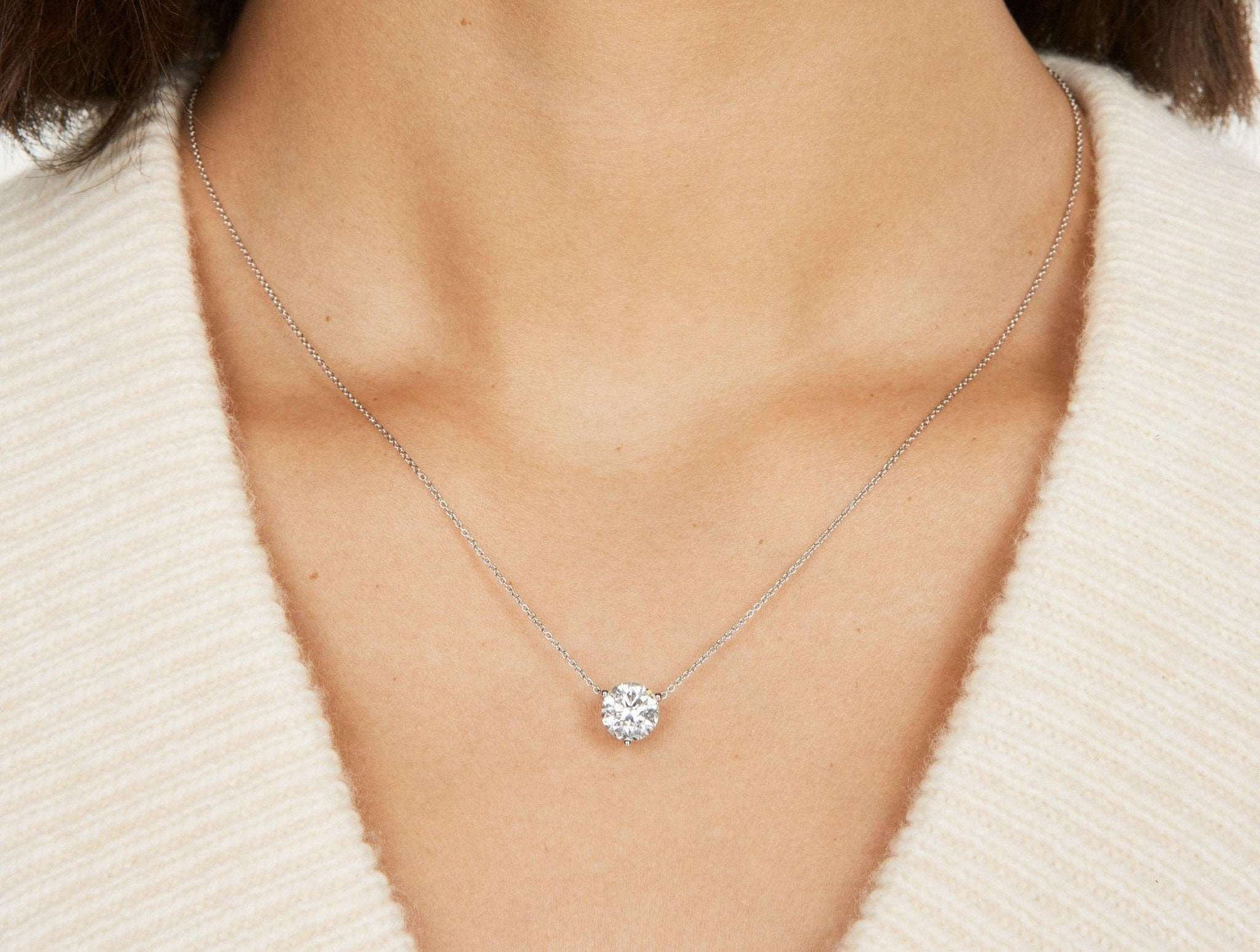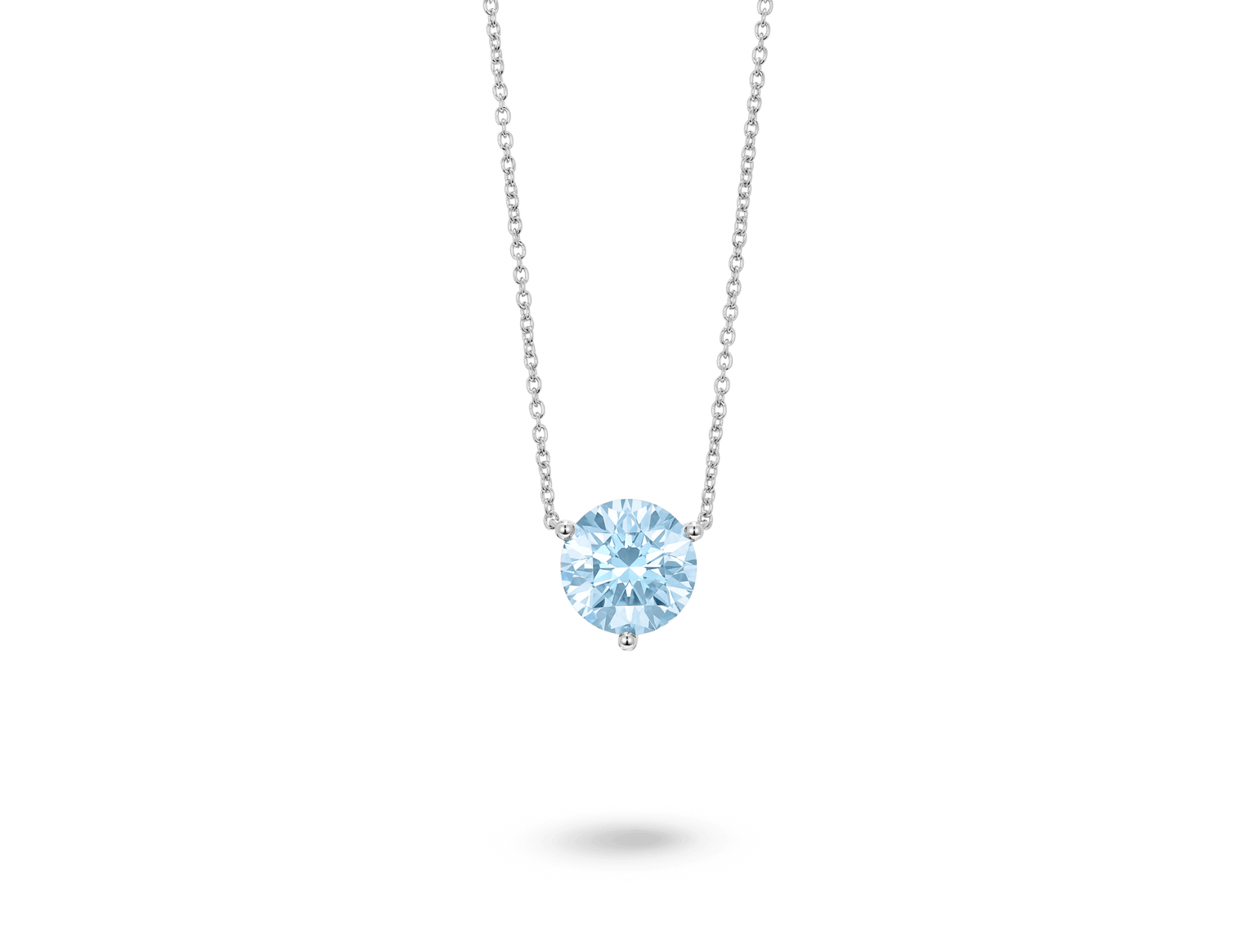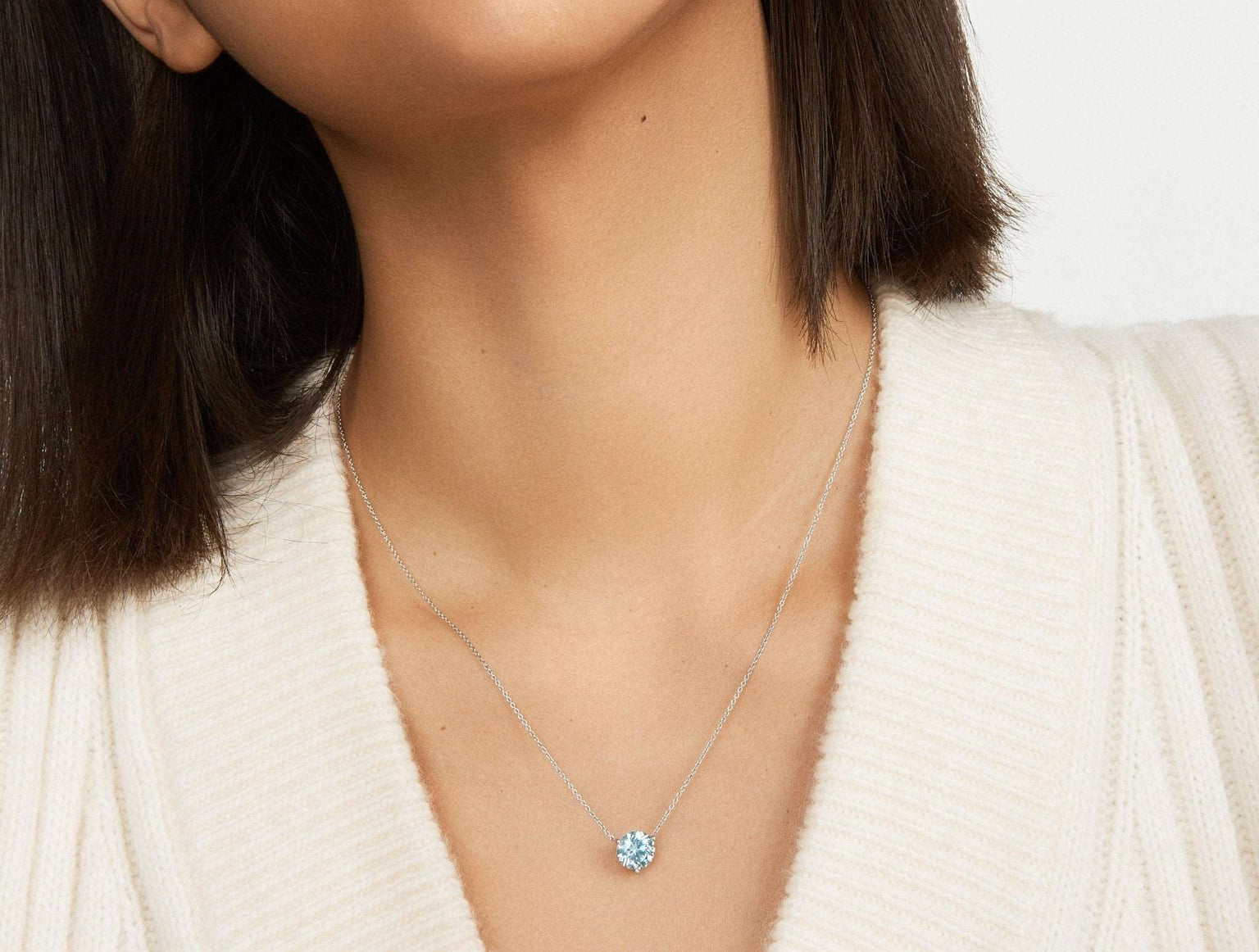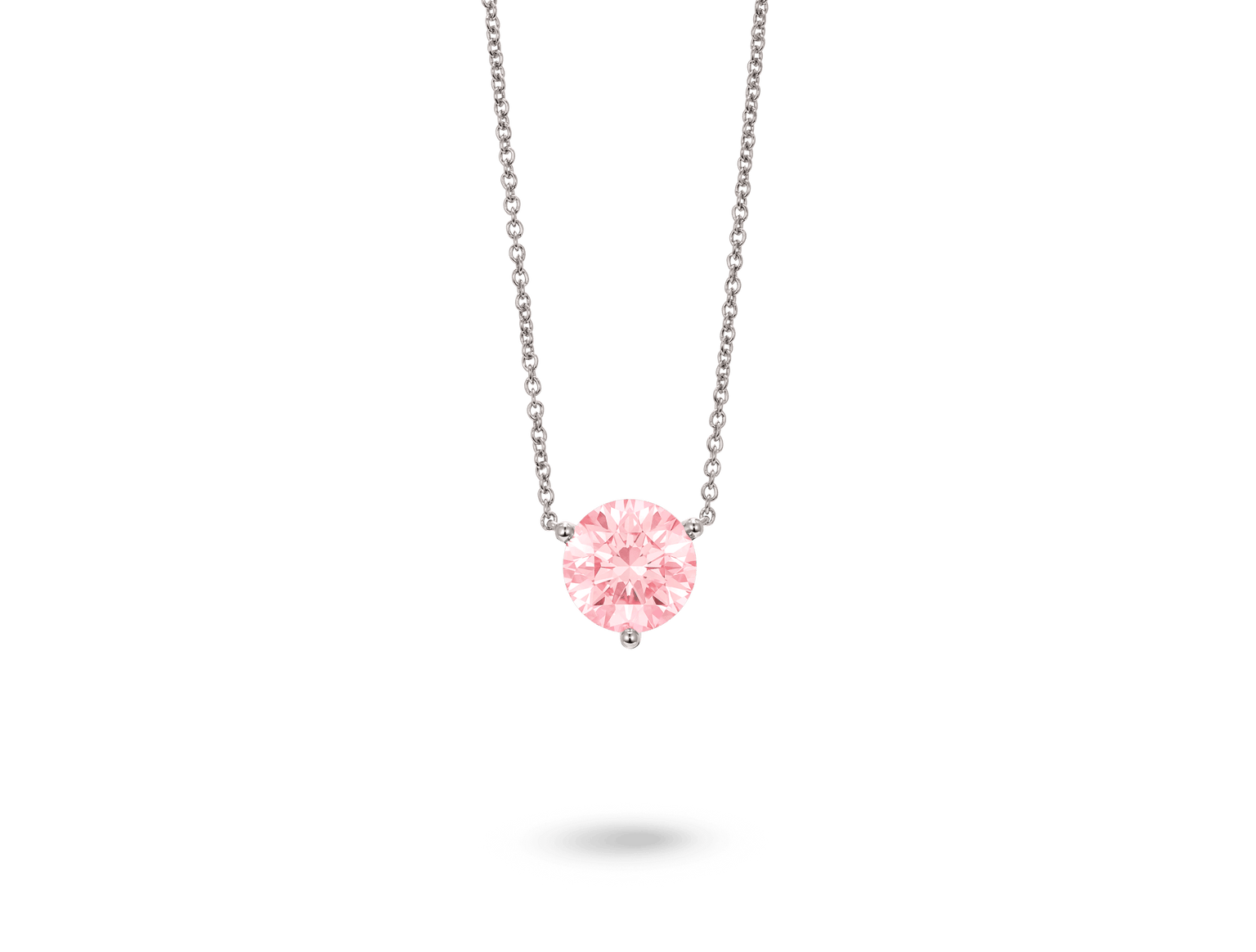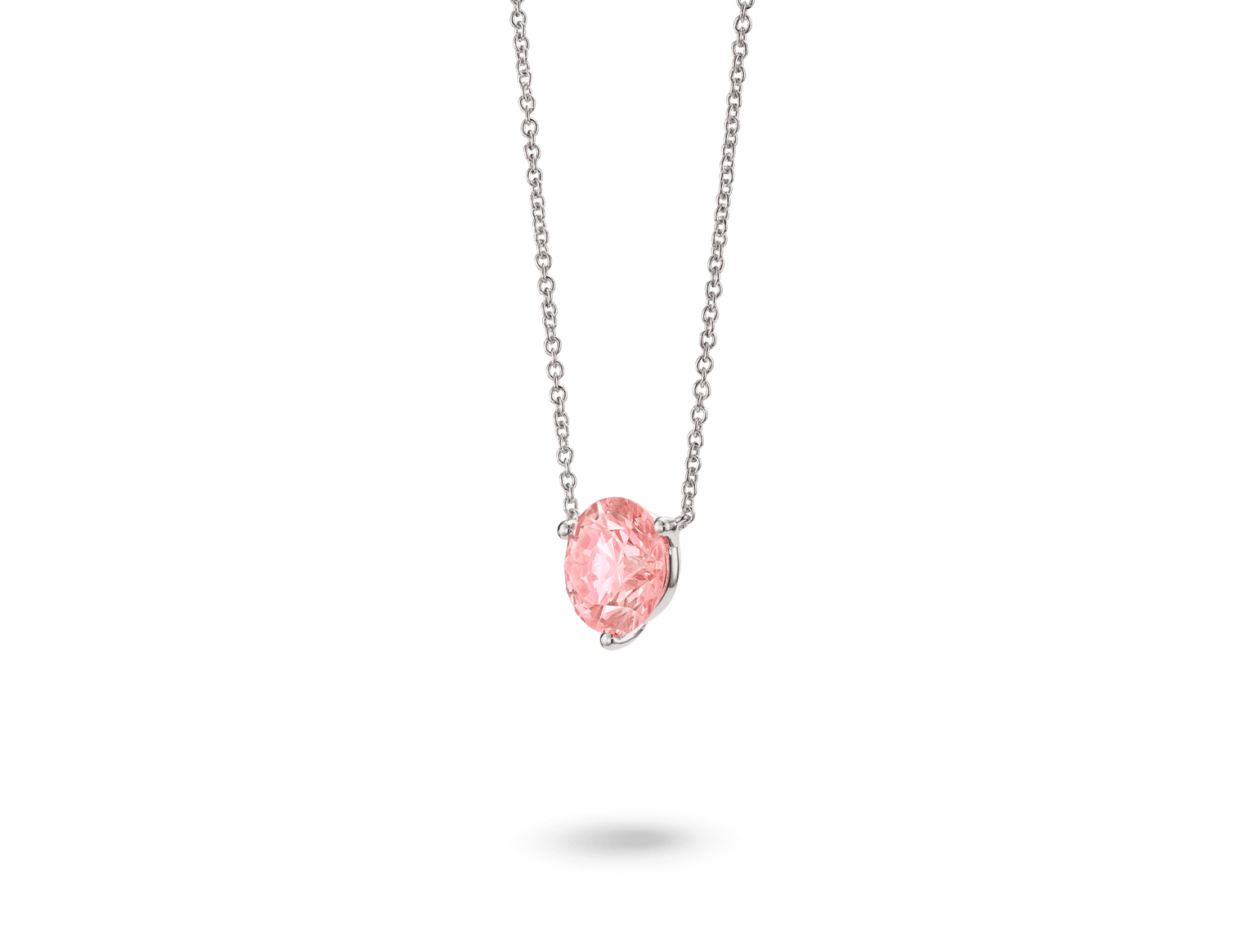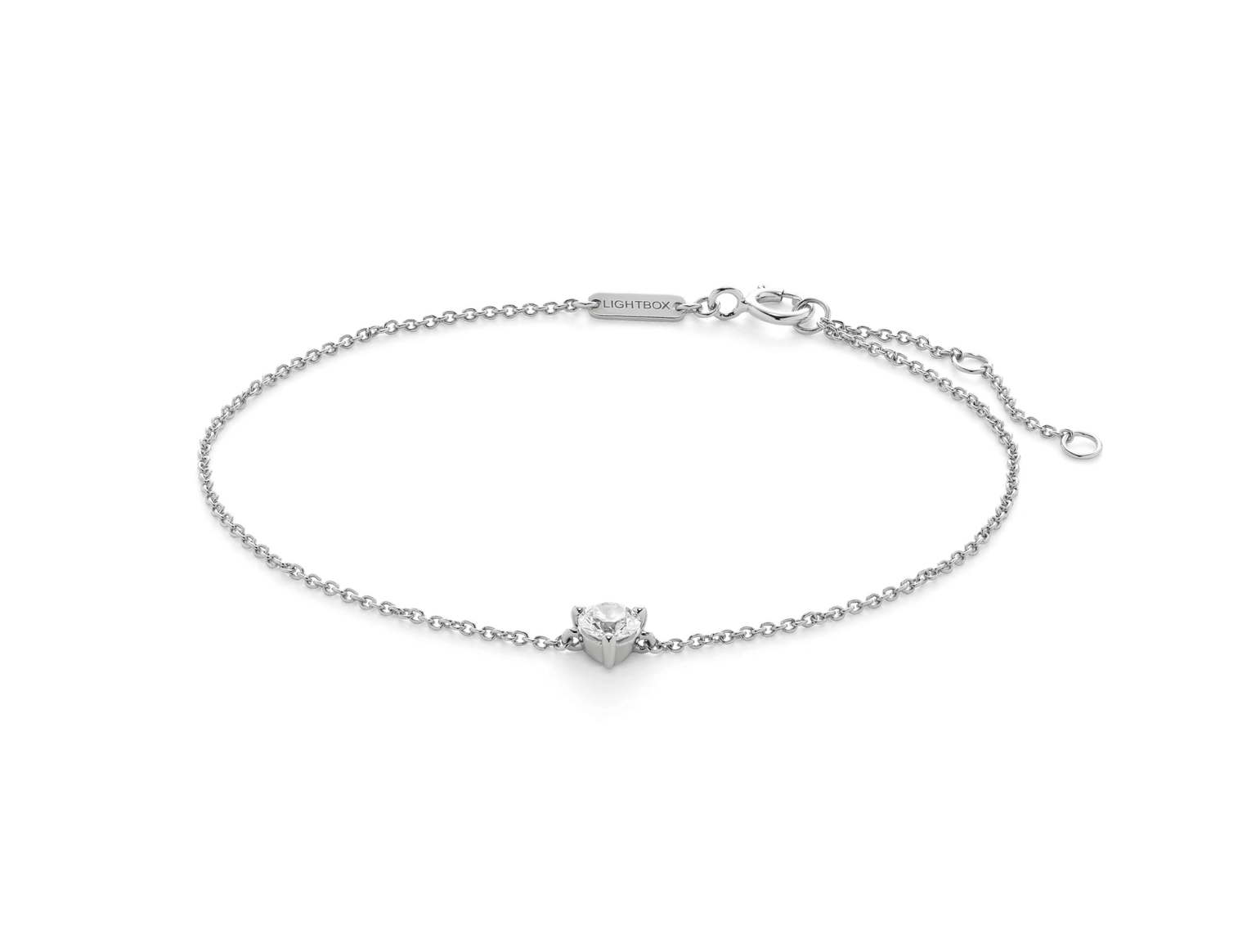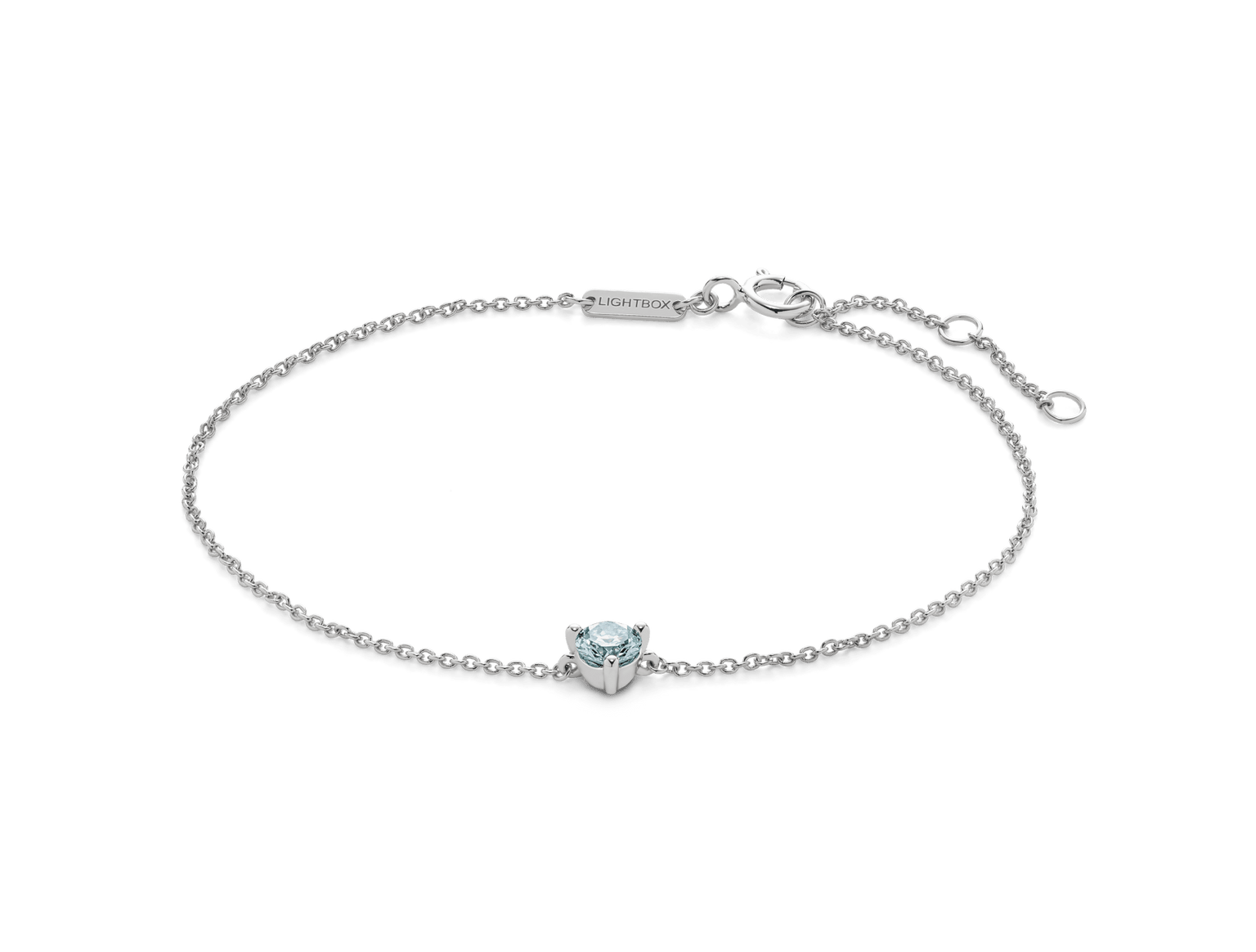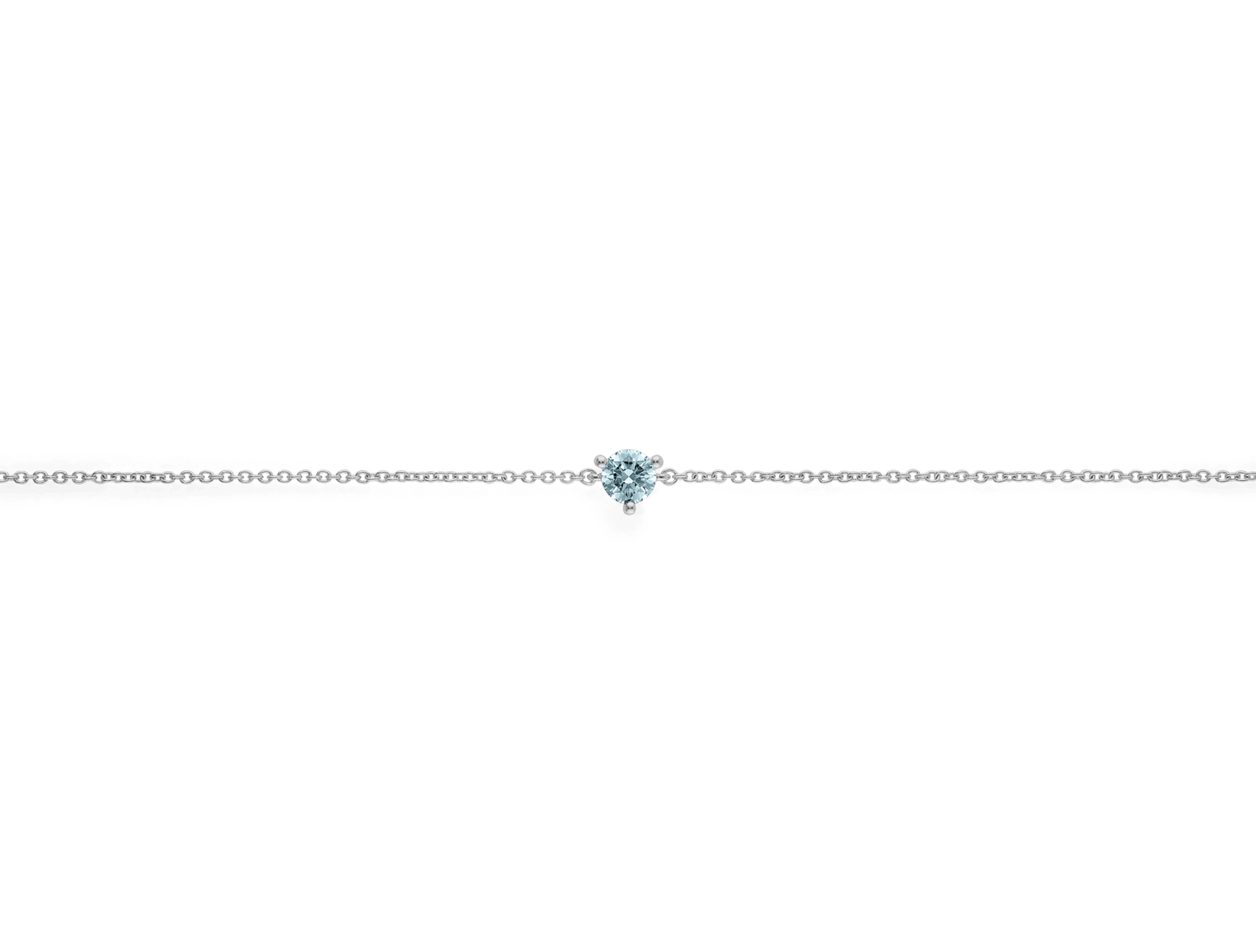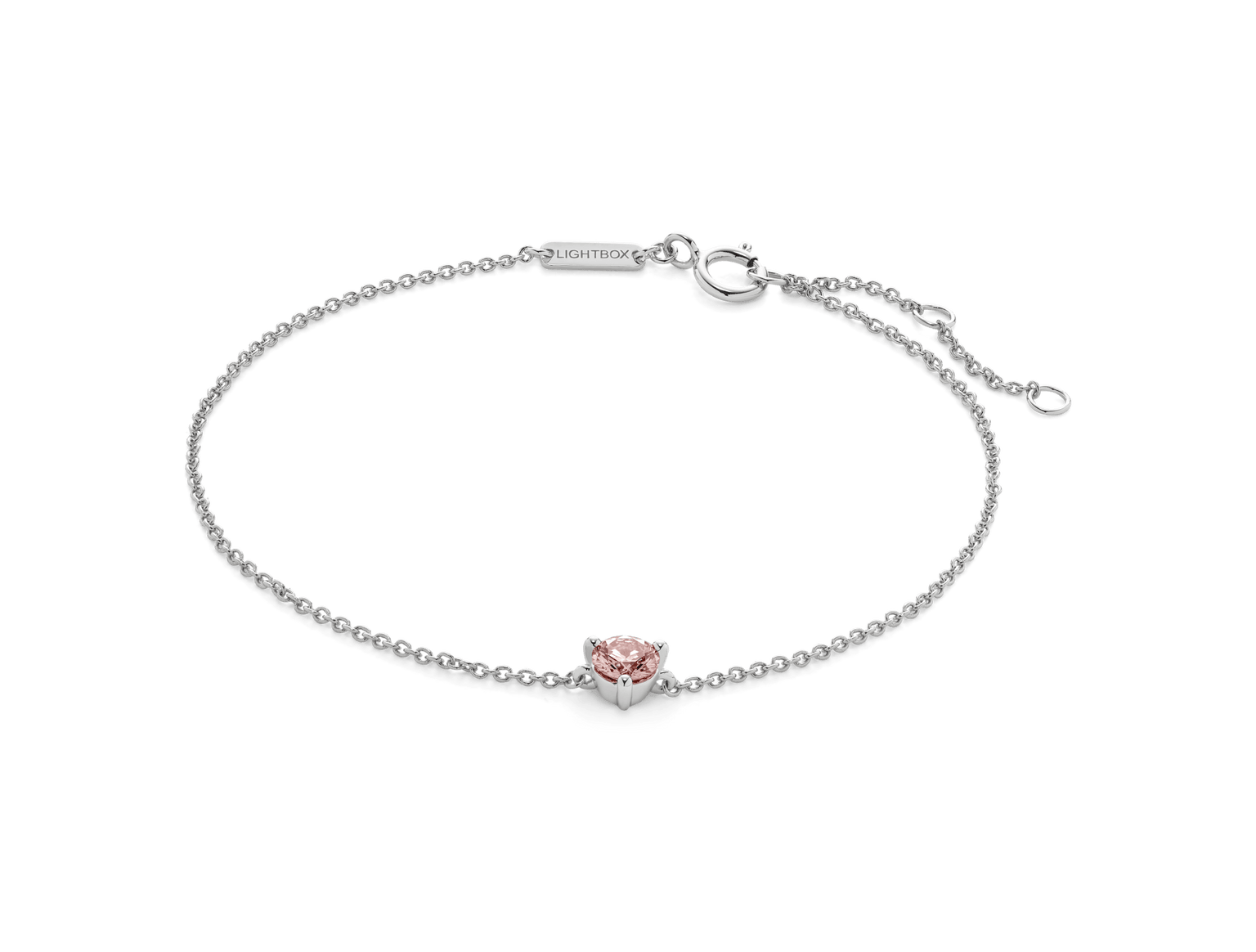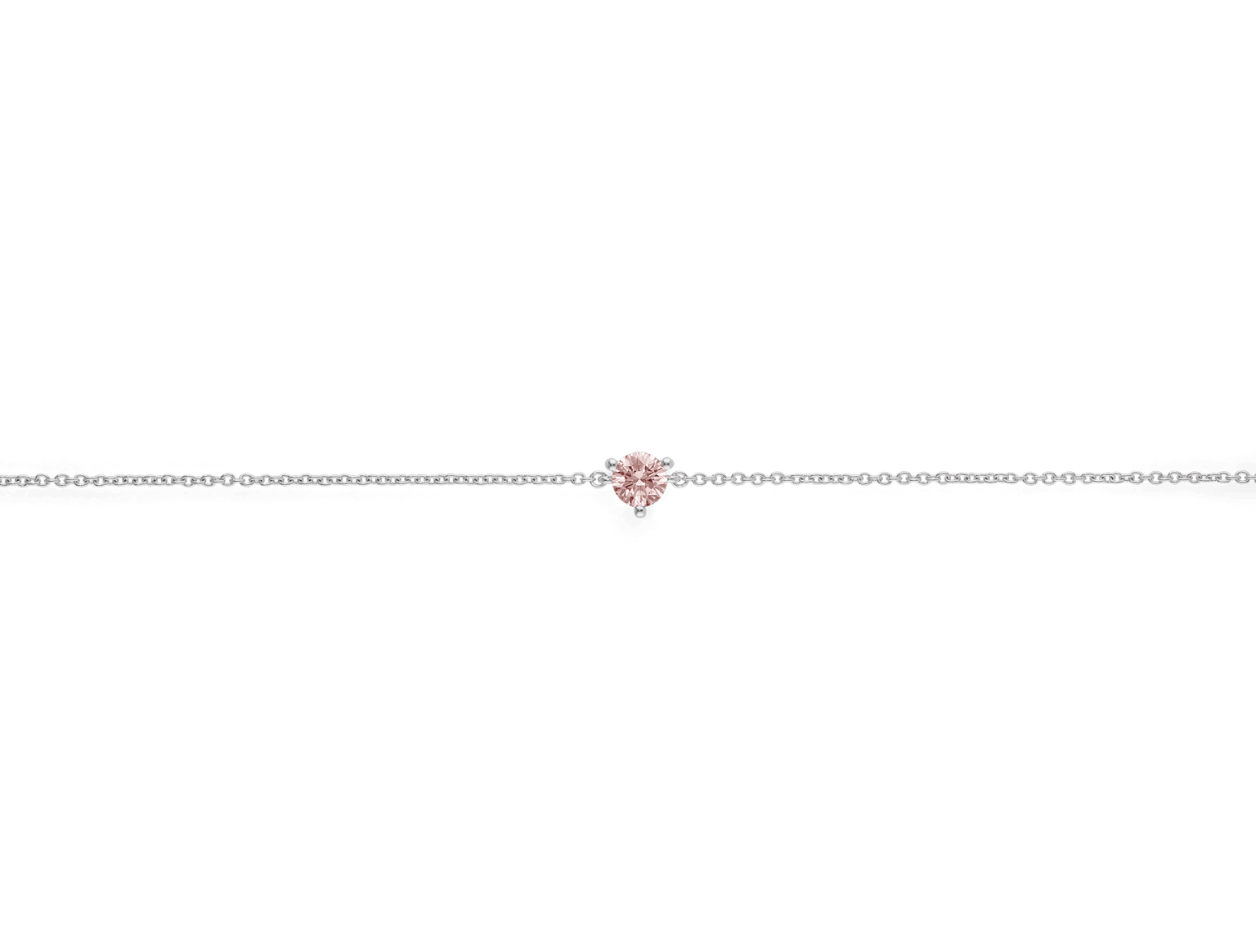Understanding the key differences between white sapphire and diamond (lab-grown or natural) is essential to being a well-informed jewelry shopper. When it comes down to it, a well-cut white sapphire will never sparkle the way a natural or lab-grown diamond will—and that has a lot to do with color and clarity.
A white sapphire has an inherent white, milky color and doesn’t reflect light the way a lab-grown or natural diamond does. Natural and lab-grown diamonds are graded on the 4c’s—cut, carat, color, clarity—so while not all diamonds are perfectly clear, there is a range to choose from. These conventional grading methods, however, do not exist for sapphires. Alas, color and clarity aren’t the only ways natural and lab-grown diamonds are different from white sapphires. Here we’ll dive into the world of white sapphire vs diamonds, as well as how the diamond simulant compares to natural diamonds and lightbox’s signature lab-grown diamonds.
What is a simulated diamond?
Before we discuss exactly what a white sapphire is, it’s important to chat about diamond simulants. Terms like diamond simulants and lab-grown diamonds are often misunderstood as being interchangeable, but they’re completely different. A diamond simulant is not a diamond at all due to their differing chemical properties and the simulant can be made out of anything from glass to cubic zirconia. While they may look similar at first, diamond simulants aren’t as hard and don’t have the same optical properties as diamonds, so they’ll show signs of wear and won’t be as sparkly.
In addition to white sapphire, common simulated diamonds include cubic zirconia and moissanite.
What is a white sapphire?
Is white sapphire a diamond? Nope. White sapphire is any gem-quality corundum that is colorless or white. What is corundum, you ask? Corundum is a family of gemstones that includes rubies and sapphires. Gem-quality corundum that is red is called ruby, while all non-red corundum is considered sapphire.
Sapphires and diamonds share a number of similar characteristics: primarily, they can both be made in a lab or occur naturally. Remember how lab-grown diamonds are chemically identical to natural diamonds? The same goes for sapphires; lab-grown sapphires and natural sapphires share optical and physical properties. With both diamonds and sapphires, only a trained gemologist with special tools would be able to tell the difference between a natural stone and a lab-grown stone.
On the Mohs hardness scale, a sapphire is a 9, while a diamond is a perfect 10. For reference, moissanite, another type of diamond simulant, is a 9.5. These numbers might not seem like a large difference but a stone’s durability is an essential attribute.
Understanding colored sapphires
The word “sapphire” usually brings to mind one of the most recognizable pieces of jewelry in history: the whopping 12 carat ceylon blue sapphire engagement ring worn by Princess Diana and later Kate Middleton. The most popular color of sapphire is blue (with the most desirable and costly shade being a vibrant cornflower blue hue) but sapphire is available in a prismatic range of colors, including shades of pink, several yellows, greens, and orange. Colored sapphire occurs in nature or it can be made in a lab.
Size and sparkle of white sapphires
One of the biggest drawbacks to a white sapphire versus a diamond is the color. Colorless sapphire is not nearly as bright or fiery as a diamond and will require frequent cleaning to maintain the near-colorless look. A common descriptor for white sapphire is that it has a soft, white glow. However, many white sapphires have a milky or cloudy coloring; a telltale sign the stone is not a diamond. This discoloration is more noticeable the bigger a white sapphire is.
Rainbow flashes that are a signature look of moissanite aren't an issue with white sapphires, but you do need to be mindful of dullness. White sapphires lack the brilliance, fire, and sparkles of light (called scintillation) compared to natural or lab-grown diamonds.
While inclusions (defined as tiny mineral crystals or fractures formed within gemstones) are easily avoidable with diamonds, they are very common in white sapphires and some might be visible to the naked eye. When shopping for white sapphires, look for a stone that is “eye-clean” where you can’t see the inclusions without a jewelers loupe or magnifying glass.
Sapphires are dense stones, and that can have an impact on how they look. For example, a one-carat diamond will look larger than a one-carat sapphire because of the material density. When you compare white sapphires versus diamonds side-by-side, you'll notice the size differences more and more as the stone increases in size.
White sapphires in nature
Although natural white sapphires exist, they’re rare. It is thought that white sapphires were first discovered in ancient greece. But today, natural sapphires are found in southeast asia, africa, the middle east, and even the western parts of the united states. Most of what you’ll see on the jewelry market today is a lab-grown sapphire.
Now that you know a little more about white sapphire, go forth and shine like the diamond you are.
